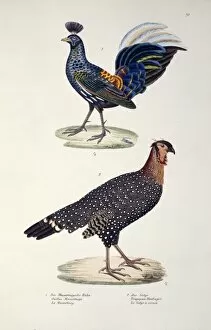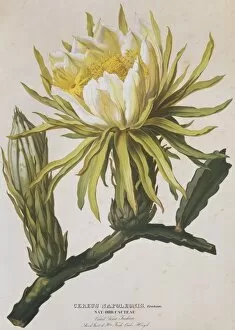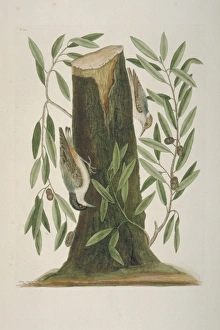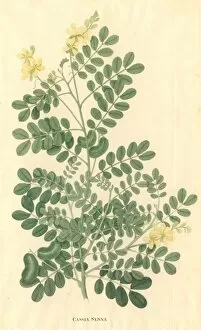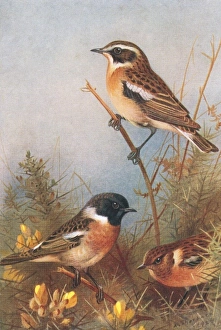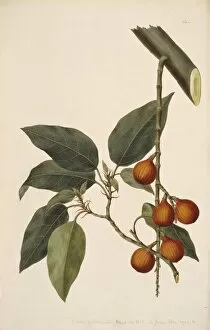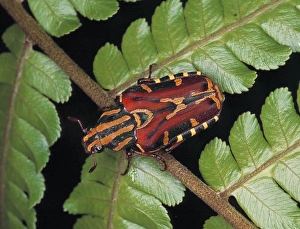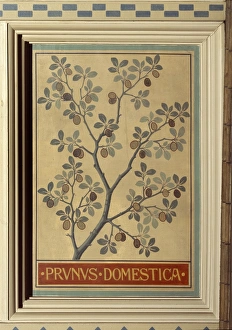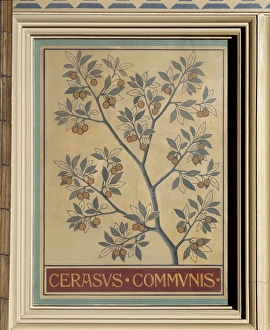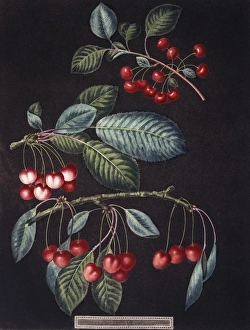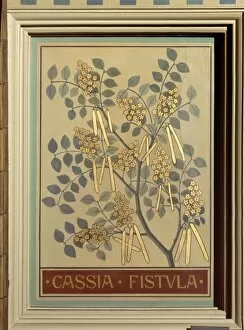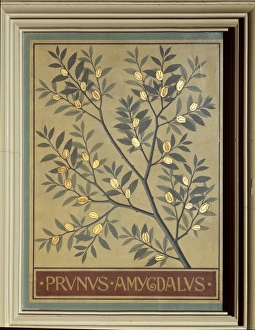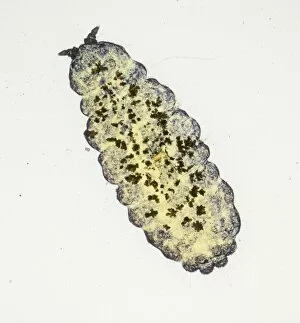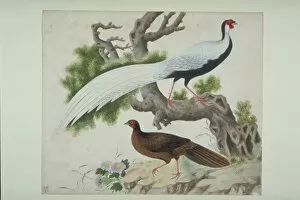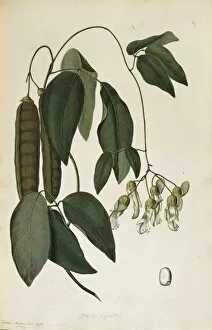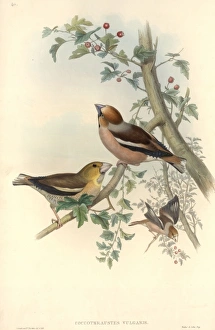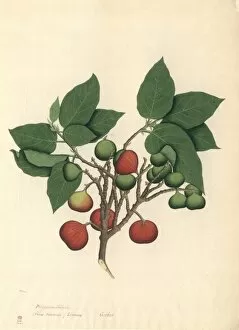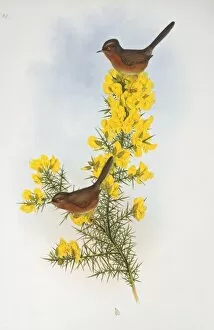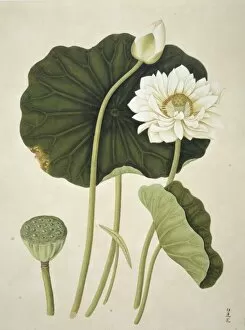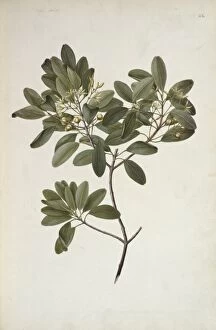Fabidae Collection (page 4)
"Discover the Fascinating World of Fabidae: From Weeping Willows to Australian Pitcher Plants" Step into the enchanting realm of Fabidae
All Professionally Made to Order for Quick Shipping
"Discover the Fascinating World of Fabidae: From Weeping Willows to Australian Pitcher Plants" Step into the enchanting realm of Fabidae, where nature's wonders unfold in breathtaking beauty. Picture yourself wandering through a Scottish Pine Forest, surrounded by towering trees that whisper secrets of ancient times. As you explore further, you stumble upon the Cephalotus follicularis, an extraordinary Australian pitcher plant with its captivating carnivorous allure. Venturing deeper into this diverse ecosystem, your eyes meet the majestic Quercus suber, also known as cork oak. Its thick bark tells tales of resilience and craftsmanship while providing shelter for countless creatures. Among them is the Pharmacophagus antenor, a magnificent giant swallowtail butterfly gracefully fluttering amidst vibrant blooms. As you continue your journey through this natural wonderland, you encounter the Acacia nilotica – a prickly acacia tree standing tall against adversity and offering refuge to various insects found in Surinam. Their intricate patterns and colors mesmerize as they go about their daily lives. A sudden rustle catches your attention; it's Falco sparverius, an American kestrel soaring effortlessly above treetops. Its keen eyesight captures every movement below while adding a touch of elegance to this already magical landscape. Nightfall brings another surprise - Caprimulgus vociferous emerges from its hiding place with its distinct call echoing through the night sky like music to your ears. This whip-poor-will enchants all who listen with its mysterious presence. Returning full circle to Cephalotus follicularis once more but now accompanied by Alnus glutinosa (Willd. ) XXI 4 - alder trees create an ethereal backdrop for these remarkable plants. Together they form a harmonious symphony of life within this thriving habitat. Finally, Damascena coccinea graces our path – the Portland rose, a symbol of love and beauty.


